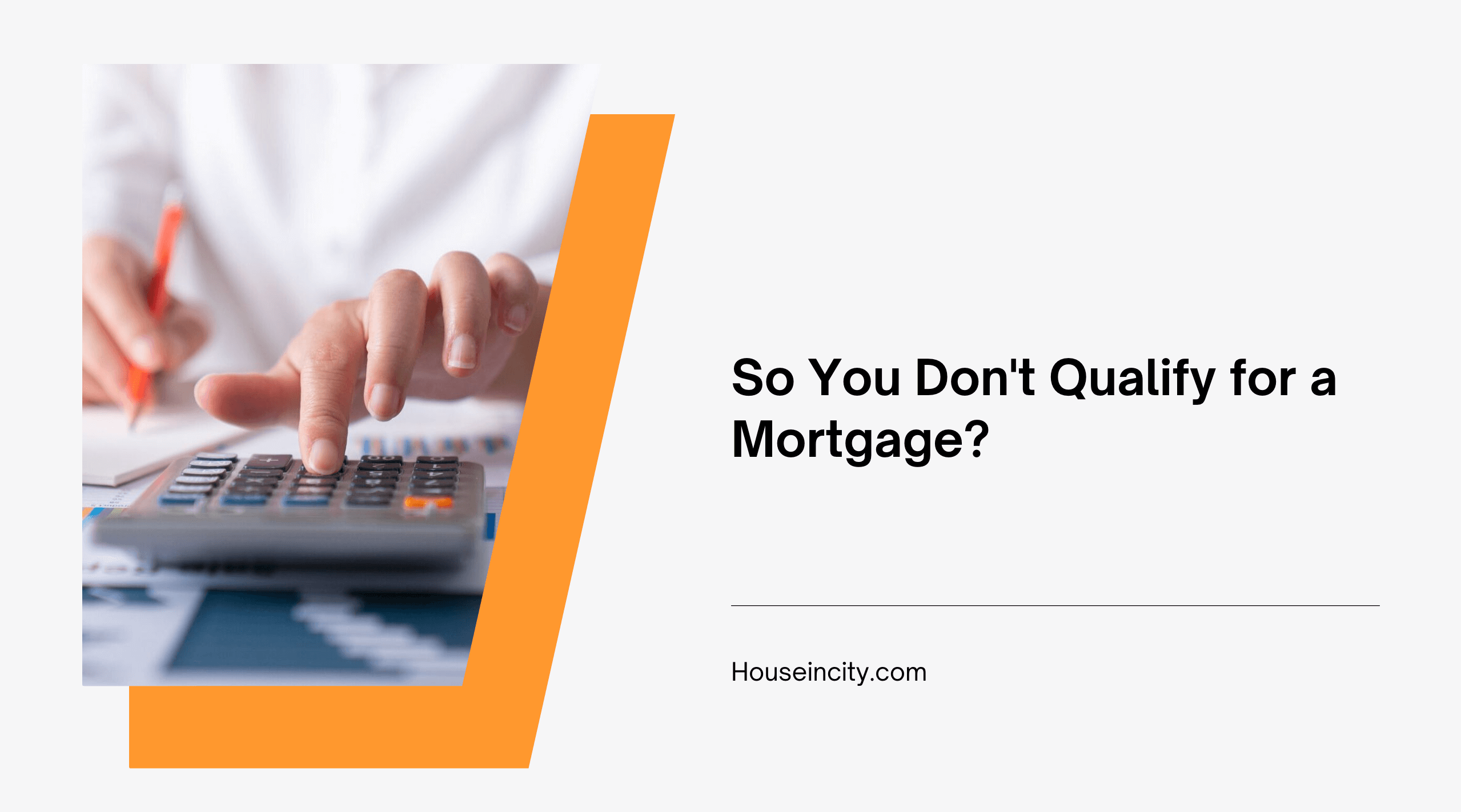Bill’s house is in foreclosure. He lost his job and the payments fell behind. Now he is working again but can’t catch up on his delinquent payments. Heather had a car repossessed last year when she couldn’t afford the payments. Now she has paid off her debts and wants to buy a house. Bill and Heather are not considered good credit risks and will not be able to get a traditional bank mortgage. They cannot “clean up” their credit reports because all of the information reported is correct. The delinquencies will not go away.
But there is hope for Bill and Heather. Many lenders have added new loan products to their menus. These new loans might be called “alphabet loans” since they refer to credit quality with letter designations. The lower the quality of the credit, the lower the “grade.”
“A” credit borrowers can get loans anywhere and also have the privilege of shopping for the lowest rates. But, in the past those with poor credit didn’t have much of a chance to get a mortgage. Now, Wall Street’s major investment bankers are hungry for business and willing to make loans to those with lower quality credit.
They offer these loans through local lenders who take the loan applications and then sell the loans to the investment bankers. But what exactly are “B, C amp; D” loans? “B, C and D” loans are made to people who have a history of not making payments on their debts in a timely manner. Higher interest rates are charged since the lender may have to spend more time collecting payments or suffer foreclosure losses.
Besides higher interest rates, several other features of lower quality loans make the application process for these loans different from traditional loans. First, they are offered at lower loan-to-value (LTV) ratios than conventional loans. (Loan-to-value means the amount of loan divided by the appraised value of the property.) Typically, the maximum loan for B C; paper is 80% of the home’s value. Thus, an $80,000 loan on a $100,000 property would have a loan-to-value ratio of 80%. For those with even worse credit, loans are made at even lower loan-to-value ratios.
These are usually called hard equity loans and depend almost entirely on the property and the low loan-to-value. Such loans are usually made by individual investors and carry interest rates of 14% to 18%.
Valuing the property also takes on a new importance with lower quality credit loans since foreclosures are more likely. Thus, many investors require two appraisals to make sure the evaluation is correct. Many “B C;” lenders check each appraisal with a review appraisal since so much is depending on the appraised value.
So where is the best place to get one of these loans? More and more banks offer these types of loans as do most mortgage brokers. But, not all programs are created equal. Since banks and mortgage brokers use different investors, their definitions of “B, C amp; D” paper may vary greatly. What one investor considers a “B” loan another might consider a “C” loan. And the pricing may reflect the difference also.
For example, one lender said that they considered “B” paper as having one thirty day mortgage delinquency and a couple of credit card late payments. “C” paper was defined as allowing several mortgage late payments, with one up to sixty days and another up to ninety days.
Another lender rated a loan application as “C” quality with just one late mortgage payment and would not consider a borrower with a ninety-day late payment. Some lenders require that any existing mortgages be paid current at the time the borrower is applying for a new loan. Other lenders are willing to pay off loans that are delinquent at the time of application.
With “B C;” loans, you can usually get an answer from the lender quickly. If the loan is approved, you will typically get a written credit approval that is good for thirty to forty five days. At this time the lender will quote you an interest rate for your loan. It will usually be at least 1% to 2% higher than the interest rate on an “A” quality loan.
Remember that it is not the lender that has caused you to have to pay a higher rate, but you. And you should look at the higher as a temporary situation. Once you get your loan and pay your debt in a timely manner, you can refinance in a couple of years. Just make sure you can afford the payments before you jump in. You do not want to put yourself back in trouble again.
After your loan has been approved, the lender will want to verify the information you provided on your loan application. The lender will want to check your employment and your bank balances. Moreover, most lenders will require at least one appraisal of the property.
Now that you know all about the “alphabet” loans, consider the best way to use one of them to buy a home.
Start by asking your mortgage lender to work for the lowest rate possible. Try at least two lenders and compare the loans you are offered. If you need a loan that is more than 80% of the purchase price, try a FHA loan first.
If your credit is awful, you probably cannot get any kind of loan. Nevertheless, make the effort to pay your bills on time for the next two years and you can get a new start.
Most good things in life take a little planning, so plan now to get what you want. Just do it!
